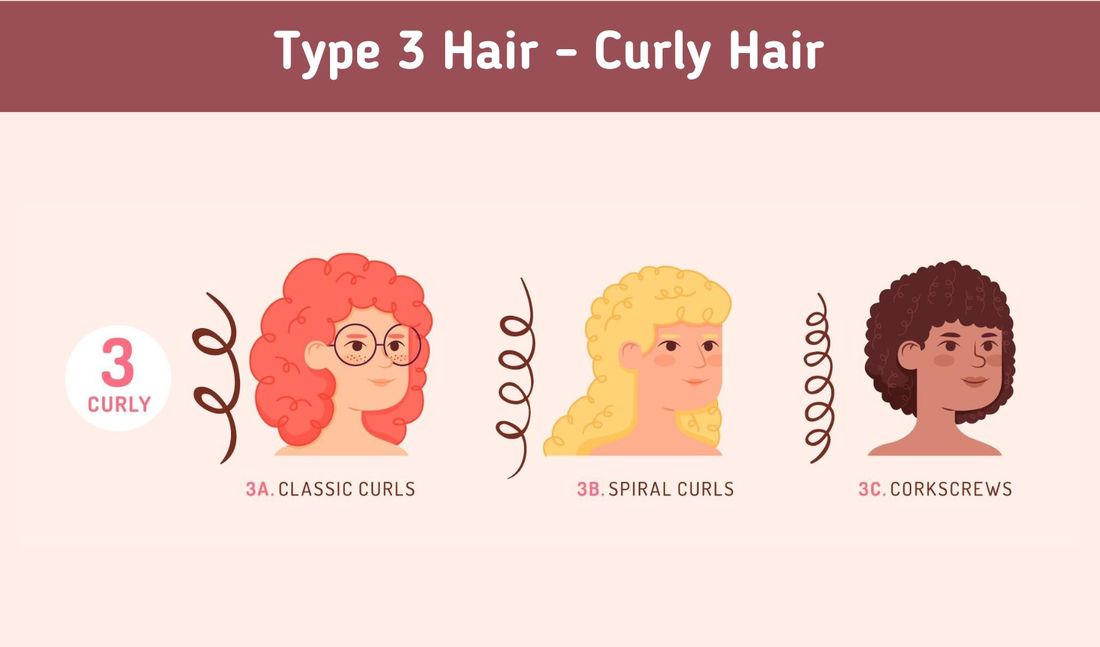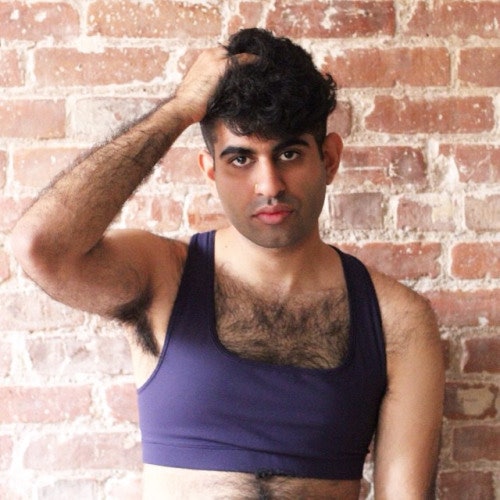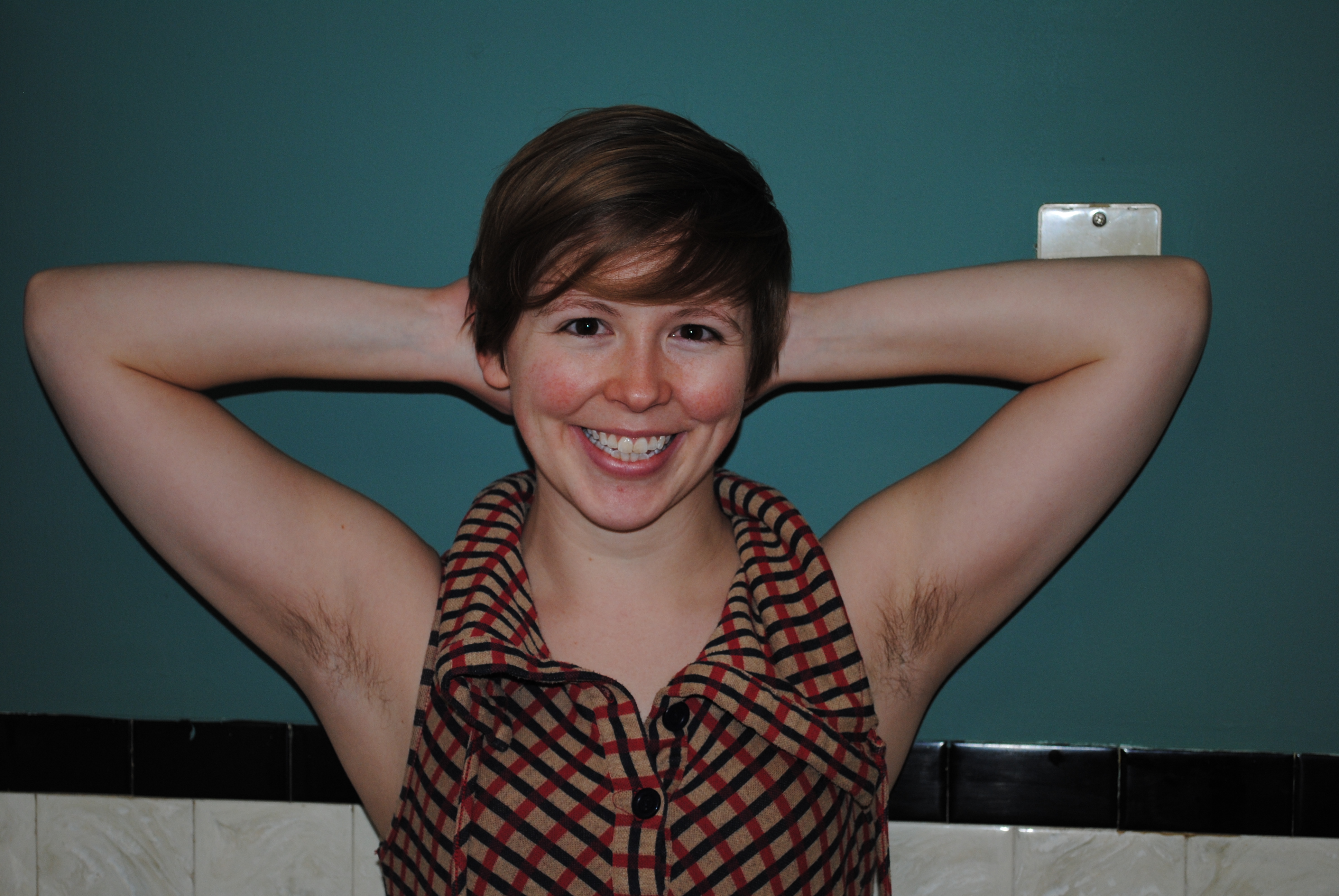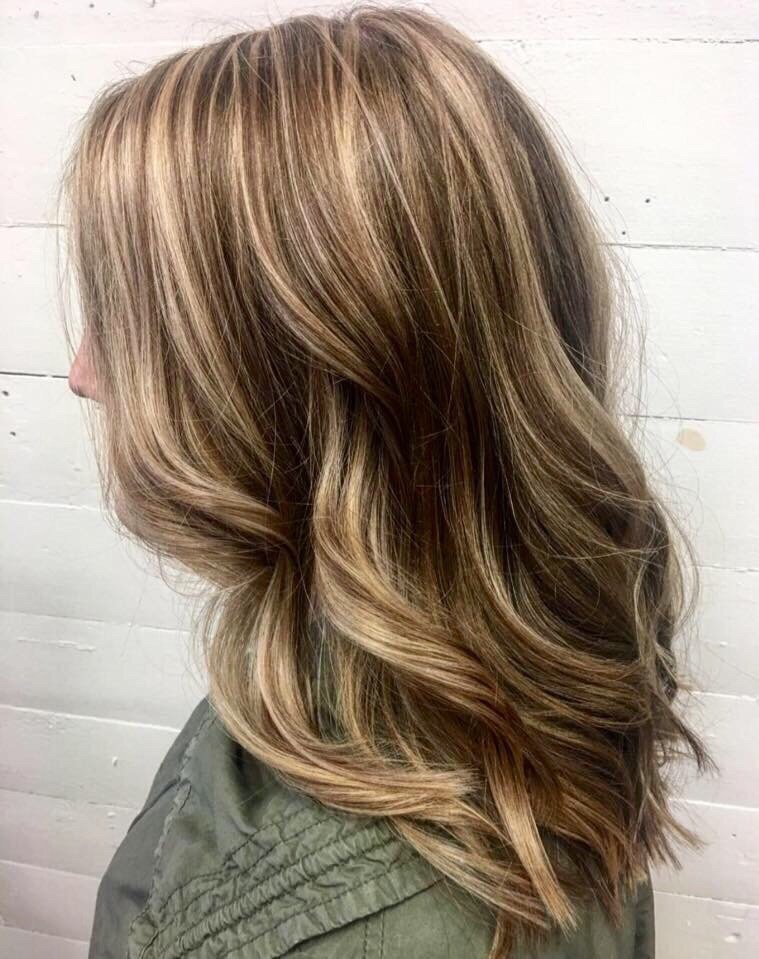Table Of Content

Many people prefer to shower or bathe at the end of the day, and fully drying hair may not be an option for time or convenience reasons. Sleeping with damp hair may also be used for some styling techniques. If you need to (or want to) go to bed with wet hair, there are steps you can take to help protect your hair from damage.
Top Product Picks for Type 4 Hair
Either way, having a thorough understanding of hair type charts will make for better and easier hair care decisions to help ensure your strands always look and feel their best. You may have different curl patterns on different parts of your head. Shampoo is a category I often struggle with because I have dry, curly hair. Co-washes usually don't cleanse my hair enough, while other regular shampoos often leave my curls feeling brittle or stripped. It's infused with hyaluronic acid, a phyto-collagen complex, and an African oil blend to deeply moisturize the hair, but it also cleanses without stripping it.
Styling and Care Tips for Each Hair Type
Actually, there are still several women on some natural hair forums that are advocates for Fia’s Hair Typing System. We don’t endorse or recommend any particular hair typing system. However, we recognize that the system created by Andre Walker is substantially more popular well-known, and communicated than the other hair typing systems.
Hair Type Chart: How to Determine Your Actual Hair Type
Strands are labeled as L (bendy with minimal or no curvature), O (curled into a zero or multiple spirals), I (flat and straight), or S (wavy with hills and valleys). Textures with 4C curls are similar to 4Bs, but the tightly coiled strands are more fragile and have a very tight zigzag pattern that is sometimes indiscernible to the eye. This hair type experiences the greatest amount of shrinkage—about 75% or more—compared to the other textures. The sub-classifications of A to C are based on the width or diameter of your wave, curl, or coil. Type As have a wider pattern size, Type Bs medium, and Type Cs the smallest of the three. "Your curl type is determined by the shape of the follicle that your hair grows out of from your scalp," says hairstylist Vernon François.
Hair Type 101: Everything You Need to Know About Straight, Wavy, Curly, and Coily Hair
We tried 30+ shampoos to find the best for many hair concerns in 2024 - New York Post
We tried 30+ shampoos to find the best for many hair concerns in 2024.
Posted: Tue, 02 Jan 2024 08:00:00 GMT [source]
Hair with high porosity typically absorbs moisture too quickly because of gaps or tears around the cuticle. Those damaged areas cause it to release moisture at a high rate, making it dry and brittle. For these hair types then, it’s best to avoid heat styling and harsh chemical treatments that can cause frizz, dryness, and breakage. Each hair type comes with specific challenges, such as frizz, dryness (See how to fix dry hair), or lack of volume. Tailoring your hair care routine to address these issues enhances overall hair health. Recognizing your hair type involves assessing its texture (straight, wavy, curly, or kinky), density, and porosity.
How to Tame Flakes and Oiliness
On the other hand, Type 2B hair has more defined “S” shaped curls, is somewhat resistant to styling, and tends to have more body and frizz than Type 2A hair. Knowing the differences between these two hair types can help you choose the right products and styling techniques to enhance your natural waves. While hair type charts vary in what hair qualities they feature, one factor they always include is texture. Hair texture generally refers to the natural shape or pattern of your hair strands. If you’re unsure about which category you fall into, leave your hair free of products and let it air dry the next time you wash it. If it dries straight without a bend or curl, then you have straight hair (or type 1 hair as it is commonly referred to).

As a bonus, covering the middle of the head with bundles in the same texture as the loose hair creates a fuller look. There is no scientific evidence that sleeping with wet hair causes a cold. The common cold is caused by viruses spread from person to person through droplets in the air from coughing or sneezing, or contaminated surfaces. Most adults experience a common cold infection about two to three times per year, whether or not they sleep with wet hair. Alopecia areata is an autoimmune condition that is characterized by “round patches of hair loss on the scalp,” although it can occur elsewhere on the body, Agbai says. While the exact reason for this type of hair loss is unknown, it is generally understood that “the immune system mistakenly attacks hair follicles, leading to hair loss,” she adds.
Washing your hair too often can cause your scalp to overproduce oils, so dry shampoo is a boon for people with straight, oily hair. As with any protective style, you’ll want to start with clean, moisturized hair. If a wash service isn’t included in your appointment, thoroughly cleanse your hair and scalp beforehand. To start, your stylist will section off the perimeter of your hair, clipping it away from the rest. Once that’s secure, the center of your hair will be braided into a cornrow pattern, which usually takes 20 to 45 minutes. Despite the belief that sleeping with wet hair can cause health problems, there is little scientific evidence to support this idea.

Unfortunately, many people believe that Andre’s Hair Typing System is hierarchical and intentionally places kinky hair in the bottom (“worst”) category. Shannen Zitz is an Assistant Editor at Prevention, where she covers all things lifestyle, wellness, beauty, and relationships. Previously the Editorial Assistant at Prevention, she graduated from the State University of New York at Cortland with a bachelor's degree in English. If she’s not reading or writing, you can probably find her frequenting the skincare and makeup forums on Reddit or hogging the squat rack at the gym. Dickey also recommends layering a leave-in conditioner under a mousse to lock in your natural wave pattern while adding hydration.
For the purposes of this quiz, we're sticking to tried-and-true hair types, but we'll touch on porosity after. Straight hair (Types 1A, 1B, and 1C) is the most commonly seen hair type around the world. When properly cared for, this hair type has a smooth texture and a sleek appearance that reflects light, giving it a shiny and glossy finish. Straight hair is characterized by the absence of natural curls or waves and is less prone to frizz when properly taken care of. Proper hair care is important not just for outward appearances, but also for your overall health. Different techniques are required to treat specific hair types.
Hair strands are covered in a cuticle (a layer of brittle, scale-like cells) that contain various fatty acids. Pillows and pillowcases absorb water from wet hair, creating a damp sleep surface for your face. On the whole, it’s important that you speak with your doctor about any symptoms you’re experiencing. A dermatologist can provide a proper diagnosis, and select a personalized treatment that will help restore health to you hair and scalp. CCCA and LPP fall under the umbrella of lymphocytic scarring alopecia.
Lots of oils or heavy products can weigh the wave down and cause you to mistake your texture for something else. Hair density, strand thickness, scalp health, porosity...these are all factors that contribute to determining your hair type. Once you learn what your hair type is, you can choose the right hair products, create a customized hair routine, and even choose the right hair extensions for your unique hair. Take our quiz below to learn your hair type or check out this article. They have more volume as well as height at the roots than type 2 hair types, which are wavy. Depending on the subtype, it can also be very difficult to add texture to the hair, as well.
Some of us have Shirly Temple ringlets, some have the Tracee Ellis Ross spirals, some of us have Teyonah Parris ‘fros; No two curls are the same. Frizz happens when the level of humidity in the air is greater than the level of water in your hair. The number shown on the soft tape measure is used to determine whether your hair fits into the thin, normal, or thick, according to Fia’s Hair Typing System. You can use a soft tape measure or another method that won’t damage your hair to measure the circumference of your ponytail.






















